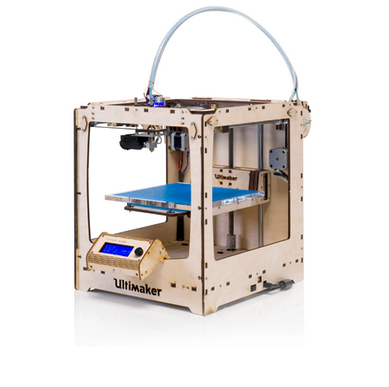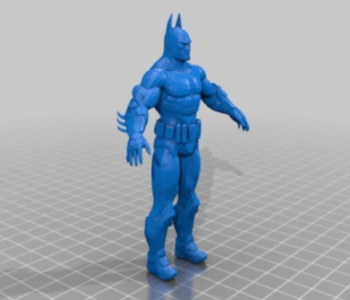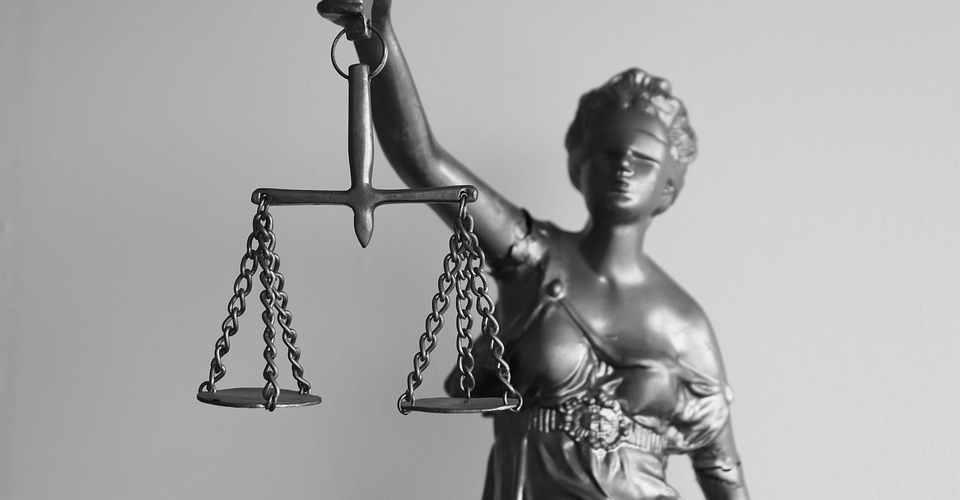What Are the Legal Issues in 3D Printing?
This article is not legal advice. Do not rely upon it to be accurate. It’s for informational purposes only and you should consult with your own attorney for advice.
We know by now that 3D printing has become a disruptive force in the manufacturing technology. While the economics of 3D printing have not quite caught up to more traditional manufacturing processes, the design freedom that it provides and its reliance on purely digital models has made it easier to turn more creative ideas into reality.
However, the “democratization” of 3D printing technology has also brought forth several issues. Can anyone just use a 3D model downloaded from the Internet and print a product that they want to sell? Who is responsible for any accidents caused by a 3D printed product? To answer these questions, let’s look at the current and future legal issues that concern 3D printing.
Intellectual property rights

The number one legal problem that many in the field of intellectual property are concerned with is that 3D printing may provide a new avenue for piracy. After all, anyone with a 3D printer can just download 3D model off the internet to create the same product with the exact dimensions. With the proliferation of 3D scanners, it has even become incredibly easy to reverse-engineer a physical object into a digital model.
In such a situation, the ability to distribute and reproduce such models will depend on what the model was based on. There are three possible conditions to consider:
• The model is based on an item protected by intellectual property
If a model was created based on an object with a design patent, then the model itself will be subject to copyright laws as it is considered a digital copy of the object. However, it is still unclear whether patent protection extends to the actual 3D models of a product – not those that were created by 3D scanning.
This ambiguity stems from the fact that most patent laws apply only to the product or any of its copies. This is because the 3D model is not considered a product. This has proven to be quite problematic in an era where reproducing a product can be as simple as downloading a 3D model of it.
• The model was generated from a real-world object with no IP protection
With 3D scanners, anyone can scan a physical object to create an equivalent model. While some commercial products may be protected by patents, more generic ones have no protection at all. This can include generic knives, tools, or even standard household furniture.
When a person creates a 3D model from scanning, the lack of patent protection on the physical object means that the model also has no protection. This allows anyone to download the model and use it for 3D printing for any purpose they see fit.
An argument could be made that the original scanner may have made modifications to make the model compatible with 3D printers, but this isn’t likely to hold any water in a conversation about copyright.
• The model is considered a creative work

A 3D model created completely by a modeler out of nothing is considered a work of art and a product of the artist’s imagination. This makes the model eligible to have copyright protection as a piece of art or design. In such case, the artist holds copyright over the model and can determine if they will allow the model to be distributed, modified, or reused.
All this talk about intellectual property protection for 3D models fails to consider an important factor – implementation. With 3D printers becoming incredibly common and 3D models being widely distributed online, how can brands expect to keep up with possible IP violations?
For instance, it has become a common practice for people to 3D print replacement parts for their furniture or appliances. Obviously, this practice cuts on the profits of manufacturers who could have sold these replacement parts otherwise. However, companies will also need to spend money to go after individual consumers or even small corporations in an effort to protect their IP rights.
In some instances, the enforcement of IP rights will end up becoming an expensive venture company. In the end, and even with the law on their side, it can still be a losing battle. After all, it’s just about impossible to stomp out a design that has already been distributed online.
Product liability
Before 3D printing, the supply chain process was pretty simple. One company designs and manufactures a product, another company might come in to take care of logistics and distribution, and the product is bought by a consumer. Should something go wrong with the product, the chain of accountability is easy to follow.
Nowadays, there are potentially so many different entities that a product design can go through before it reaches the buyer. Any person can download a 3D model, outsource the 3D printing to another company, and sell the products online. Further complicating the matter, the 3D model might even have been generated from another product.
If the final 3D printed product fails, which part of the supply chain process should be held liable? In this scenario, the number of parties involved in the process has grown a lot longer:
- The manufacturer of the original product
- The person who made the 3D model
- The owner of the 3D printer
- The manufacturer of the 3D printer
- The manufacturer of the filament
- The person who downloaded the model and outsourced the 3D printing
- Or is the buyer the one to blame?
Unfortunately, there isn’t a clear-cut answer to this question yet. It isn’t even clear if the concept of product liability applies to 3D models. After all, intellectual property has already defined the distinction between 3D models and physical products. Once a 3D model has been available online, is the original creator of the model automatically absolved of any liability?
If such a matter were brought to the court, the outcome may depend on a multitude of other circumstances. There haven’t been any high-profile examples of such a conflict happening, so we really have no precedence for how a court would rule. What cannot be denied is how much 3D printing technology has complicated the field of product liability.
The use of 3D printing in the medical field

The medical field has proven to be one of the most prolific users of 3D printing, often touting how much it has revolutionized the design and manufacture of customized prosthetics and implants. By incorporating 3D scanning of actual body parts with 3D modeling, splints and prosthetics can be made to be highly anatomically accurate.
Safety, of course, is an important factor for medical 3D printing. 3D printed prosthetics need to be made using the proper material and the proper techniques, to make them biologically compatible and stable enough to withstand sustained contact with human fluids.
Thankfully, the FDA has been able to keep pace with this development and has created regulations for 3D printed medical devices. In 2016, the FDA made a landmark approval of the first 3D-printed drug, a tablet made of multiple layers of powdered medication designed for near-instant disintegration in water.
The practice of 3D printing organs and other body parts has also introduced another issue – that of data privacy and ownership. When a hospital creates a 3D model of a patient’s body part, do they retain ownership of that model? Do hospitals have the right to use and distribute these models for further research or collaboration? Does patient confidentiality also extend to 3D models?
Final thoughts
As you may have noticed, this article raises more questions than answers. That’s the nature of 3D printing as it stands right now – rapidly evolving and creating a lot of uncertainties. 3D printing is yet to achieve its full potential but has already changed the way things are done in the fields of product design, prototyping, personalized products, and, in some cases, large-scale manufacturing.
With all the changes that 3D printing can herald, it has also brought forth legal issues that did not exist before. The copyright protection of digital 3D models is just the peak of the iceberg. Matters in data privacy and product liability are even more complex.
As 3D printing slowly becomes a mainstay in both industrial settings and home workshops, corporations and federal agencies may be forced to undergo a drastic paradigm shift. Never before has a manufacturing process been so accessible to the common people. This evolution will have to take place in all fronts – technology, business, commerce, and legislation.


